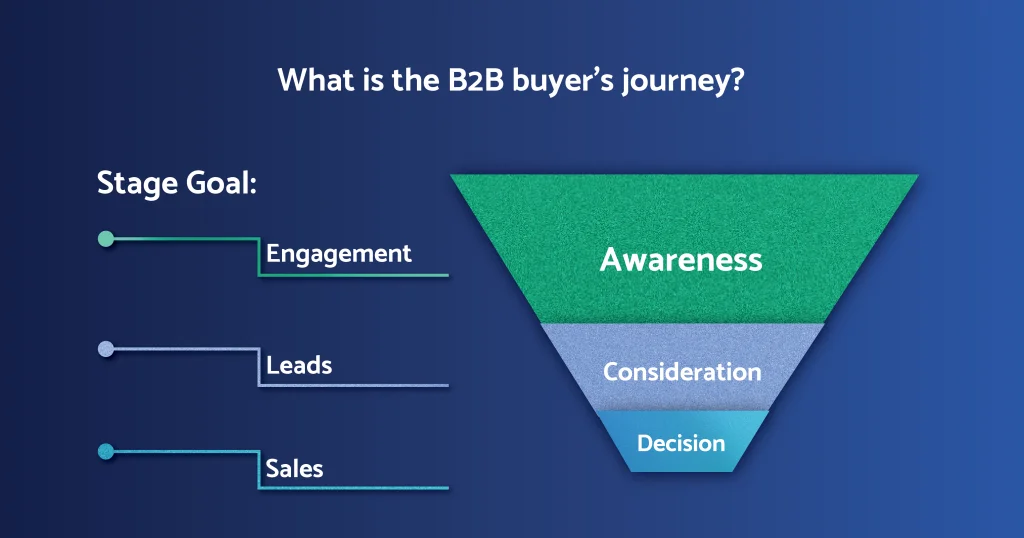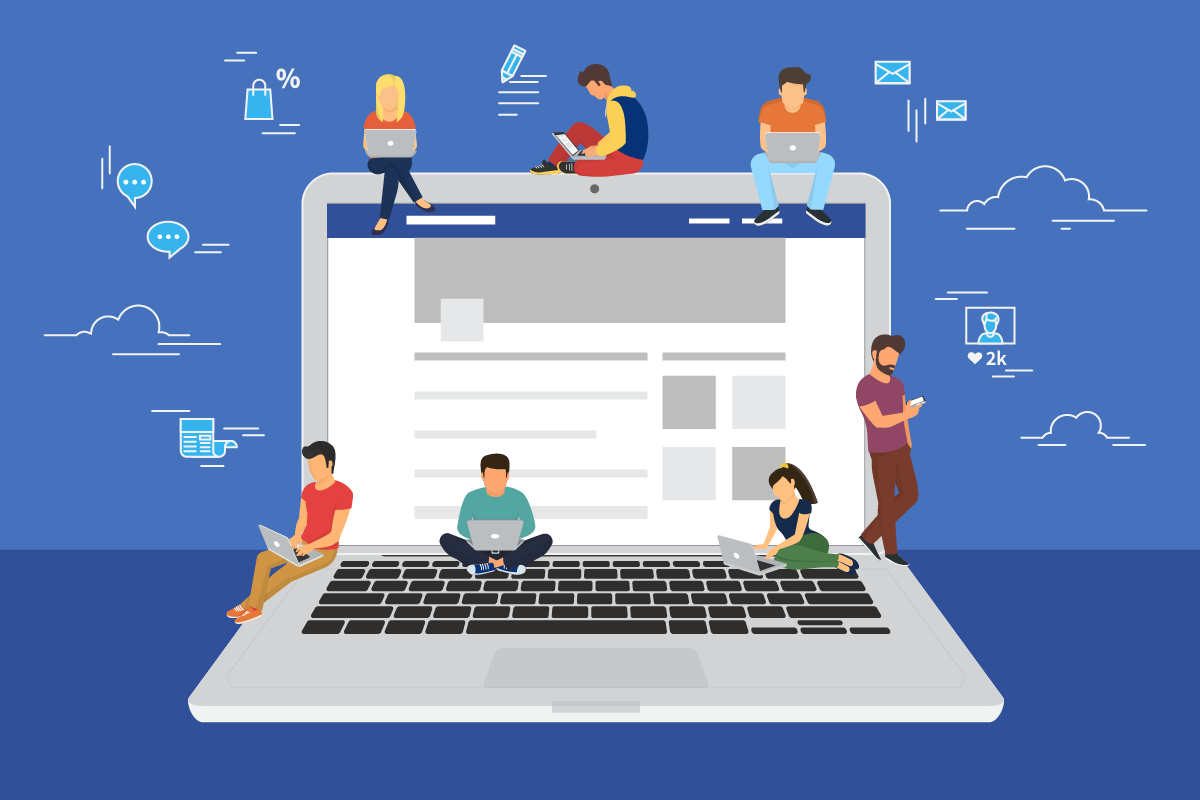Hi, Dave Fox here from Starscape SEO. In digital marketing, the buyer’s journey refers to the process a potential customer goes through, from first becoming aware of a product or service to making a purchase.
This journey isn’t a straight path but a series of steps, each representing different stages of decision-making, research, and commitment.
For marketers, understanding this journey is essential, as it allows them to tailor content, strategies, and messaging to meet the psychological needs of their audience at each stage.

The buyer’s journey is typically divided into three key phases:
- Awareness
- Consideration
- Decision
Each step of this journey involves distinct emotions, thoughts, and behaviors as the buyer moves closer to their decision.
Let’s break down each stage and explore the psychological mechanisms at play.
Stage 1: Awareness
The awareness stage is when a potential buyer realizes they have a problem or need.
At this point, they may not know the solution exists or what it might be, but they’re becoming conscious of an issue or desire that needs addressing.
Psychological State
In the awareness stage, the buyer often experiences curiosity and a desire for information.
Their problem or need has created a tension or gap in their life that they want to resolve.
This tension is typically accompanied by:
Problem Recognition
They are beginning to sense a need that may not yet be fully articulated.
It could be something tangible, like needing a new phone, or intangible, like feeling uninspired at work.
Emotional Discomfort
The buyer may feel unease, confusion, or frustration. They want clarity or a solution, but they may not fully understand what they need.
Marketing Actions
In this phase, digital marketers need to focus on content that educates and raises awareness of the problem.
Blogs, social media posts, and videos that identify the customer’s pain points or challenges are highly effective.
Educational Content
Informative blog posts, infographics, or webinars that explain the problem or offer general solutions help guide the buyer toward recognizing your brand as a source of knowledge.
Search engine optimization (SEO)
Buyers often search for answers to their problems.
Make sure your content is optimized for relevant keywords so it appears when they seek information.
Stage 2: Consideration

Definition
During the consideration stage, the buyer has clearly defined their problem and is now researching different options or solutions. They’re comparing products, services, or approaches that could help them.
Psychological State
At this point, the buyer is focused on finding the right solution and feels more analytical and engaged in their decision-making process. The emotions driving them may include:
Hope
There’s a sense of optimism as they start to explore the possibility of finding a solution.
Skepticism
Buyers may also feel cautious or wary, as they’re trying to sort out which solutions are genuinely helpful and which might not be worth their time or money.
Evaluation
They are weighing the pros and cons, using both logical and emotional reasoning to judge which option might best meet their needs.
Marketing Actions
In the consideration phase, it’s important to provide in-depth content that compares solutions and highlights the benefits of your product or service.
Comparison guides
Offer detailed information that outlines how your solution differs from competitors.
Case studies and testimonials
Real-life examples and success stories help build trust and credibility.
Webinars and Product Demos
Interactive content that demonstrates the value of your solution can engage buyers and make them more confident in their decision.
Stage 3: Decision

Definition
At the decision stage, the buyer has decided on a solution and is choosing between specific vendors or products. They’re ready to make a purchase, but they may need a final push or validation.
Psychological State
The buyer’s emotions during the decision stage are typically a mix of excitement, relief, and perhaps a bit of anxiety as they approach a commitment.
Anticipation
The buyer is eager to solve their problem and start benefiting from their chosen solution.
Fear of making the wrong choice
Even though they’re close to purchasing, they may worry about buyer’s remorse or making a decision that doesn’t live up to expectations. This is where final reassurance is key.
Trust and security
Buyers need to feel confident that their choice will deliver on its promises.
Marketing Actions
In this final stage, the goal is to offer reassurance and remove any obstacles that could prevent the buyer from completing their purchase.
Free Trials or Money-Back Guarantees
These tactics reduce risk for the buyer and help them feel more secure in their decision.
Clear Calls-To-Action (CTAs)
Make the purchasing process straightforward, with easy access to product pages and payment options.
Post-Purchase Support
Offering strong customer service or follow-up after the sale ensures the buyer feels supported, helping to foster loyalty.
Conclusion
Understanding the buyer’s journey in digital marketing is critical to effectively reach and influence potential customers.
By meeting them where they are, psychologically and emotionally, at each stage, marketers can create relevant and impactful content that moves buyers from awareness to consideration, and finally, to making a confident purchase decision.
Tailoring your marketing efforts to the buyer’s mindset at each point not only increases the likelihood of conversion but also fosters long-term customer relationships built on trust and satisfaction.

Call or Text Starscape SEO: (519) 208-8680



